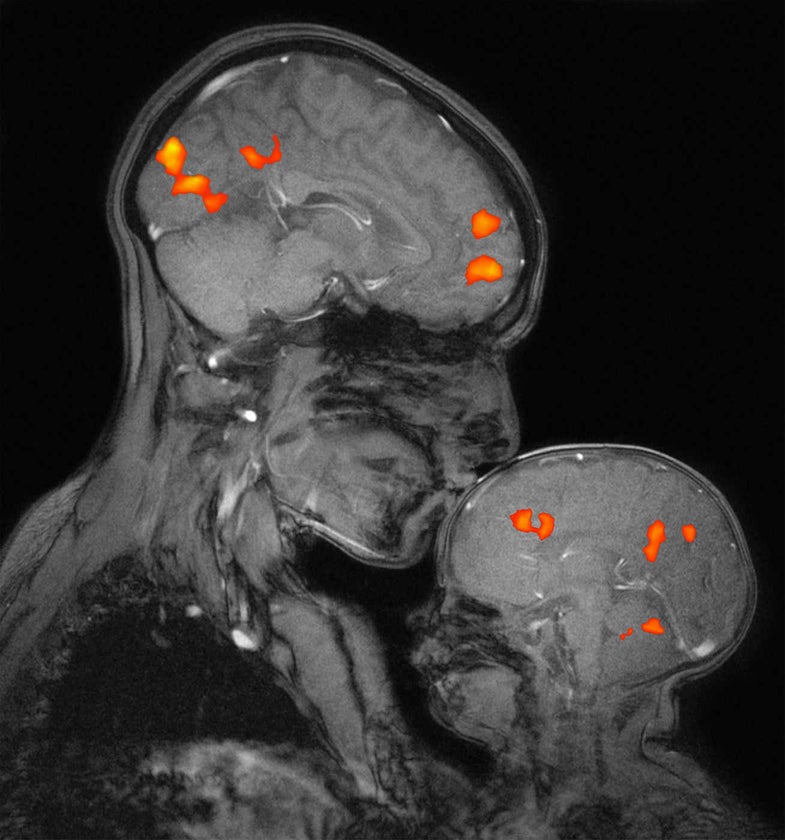Endangered bumblebees, babies’ brains, and more amazing images of the week
Newsworthy eye candy





Obama On Mars

Red Listed
Newsworthy eye candy
By Claire Maldarelli |





Obama On Mars

Red Listed

was the Science Editor at Popular Science. She has a particular interest in brain science, the microbiome, and human physiology. In addition to Popular Science, her work has appeared in The New York Times, Scientific American, and Scholastic’s Science World and Super Science magazines, among others. She has a bachelor’s degree in neurobiology from the University of California, Davis and a master’s in science journalism from New York University's Science, Health, and Environmental Reporting Program. Contact the author here.
Like science, tech, and DIY projects?
Sign up to receive Popular Science's emails and get the highlights.
LET'S GO